Best Things to do in Ulaanbaatar
Disclaimer: Some links on this page may be affiliate links. If you purchase anything through them, I will receive a small commission at no extra cost to you! Further details in the Privacy Policy.
The best things to do in Ulaanbaatar include watching a traditional Mongolian cultural performance, going to Gandantegchinlen Buddhist Monastery, seeing the communist Zaisan Monument, visiting the central Sukhbaatar Square and seeing some museums in Mongolia’s capital.
Other popular attractions include getting a glimpse of local life at Narantuul Market, and day trips to the nearby Chinggis Khaan Statue Complex and Terelj National Park.
In all honesty, Mongolia’s beauty lies in the wilderness, not the cities. But there are still a few cool things to do in Ulaanbaatar. I’ve done them and will explain all below.
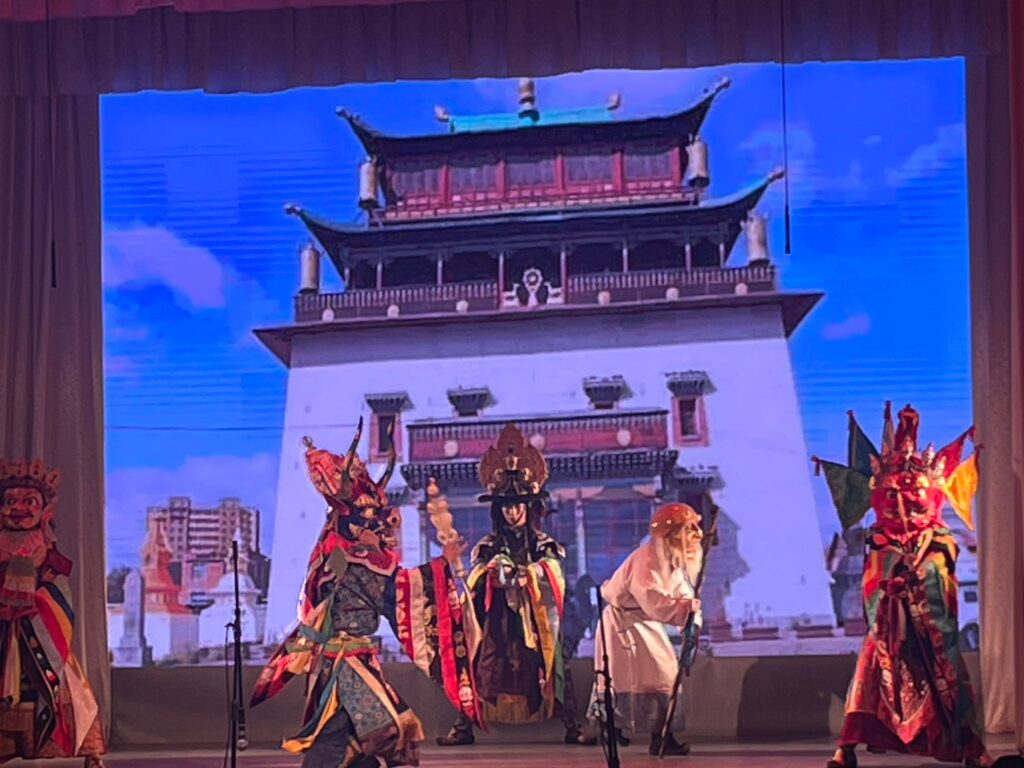
Best Things to do in Ulaanbaatar
Ulaanbaatar doesn’t have as much going on as many other East Asian capitals I’ve been to such as Tokyo, Seoul, Bangkok or Hanoi.
It does however still have a few things worth seeing. Ulaanbaatar is also cheap which isn’t necessarily the case for all of Mongolia.
So let’s get into what to do here:
1) Watch a Mongolian Cultural Performance (Tsagaan Lavai)
I put this first because it’s the most unique and quintessentially Mongolian activity on this list.
There are several ensembles across the city which usually play from 6pm until around (roughly) 7:10pm every day engaging in traditional Mongolian arts such as tsam rituals, shaman dances and perhaps most famous of all, Mongolian throat singing.
I saw Tumen Ekh advertised heavily, but the performance I went to was called Nomadic Legend by the Tsagaan Lavai Ensemble at Ganzam Palace.
If you’re interested in doing the same, it cost 55,000 tugrik (£13/US$16) as of June 2024. Apparently costing less than half of this (25,000 tugrik) just two years previously. Although it was well worth it.
To give you a very brief overview, here’s what the show included:
- Praise of Chinggis Khan – A popular tradition is to sing songs praising the legendary leader of the Mongol Empire
- Contortion – Performers bend their bodies at seemingly-impossible angles, with one even firing an arrow from a bow above her head, using her feet to hold it
- Tsam – A ritual dance stemming from Tibetan Buddhism in which dancers wear colourful masks to ward off spirits
- Shaman’s dance – Shamanism is a well-respected tradition in Mongolian culture, with beliefs that paying tribute is a way to connect closer with nature
- Mongol biyelgee dance – A type of dance made to represent nomadic life, including Mongolia’s horseback culture
- Bestowal of Eternal Blue Sky dance – A ceremonial performance celebrating Chinggis (Genghis) Khan and other lords and queens from the 13th century
- Mongolian long song – Songs sung as tributes or celebrations, once again with a theme of the country’s nomadic culture
- Khoomei (throat singing) – I’d put this alongside tsam as the most unique aspect of the show. Throat singers, well, sing with their throats and make a sound like nothing you’ve heard before
- Altai dance with harp – Another form of dance, this time using harps that date back over 1,000 years
One thing to note, it is generally forbidden to take photos at these shows.
This particular ensemble did allow photos (but not videos), and they were watching like hawks for anyone breaking the rules.
One lady stood by the side with a laser pointer, picking out anyone who appeared to be filming. The reason for this became clear afterwards, with CDs and DVDs for sale from US$12 and upwards.

2) Visit Gandantegchinlen Buddhist Monastery
Fortunately visiting Gandantegchinlen Monastery is a lot easier than saying its name five times in a row without making any mistakes.
This is the centre of Buddhism in Mongolia, with Tibetan Buddhism being the main influence here.
Over half of the country’s population are Buddhist, with the religion experiencing a major resurgence after decades of suppression by the communist governments of the Mongolian People’s Republic which collapsed in the early 1990s.
Gandantegchinlen Monastery was just about the only Buddhist complex still allowed to operate during that dark period, and as a result it has established itself as the most important Buddhist site within the country.
There are regular services taking place inside which you are free to walk into. In all honesty you won’t understand much unless you speak Mongolian, but it’s still a cool thing to see.
It’s fun to just walk around the complex and see the Buddhist architecture which is pretty impressive.
The service is played over loudspeakers so you can hear it from outside. There was even a tiny bit of throat singing whilst I was there, which was unexpected!
One building is home to a giant 25m-tall statue of the sage Megjid-Janraiseg, which you do have to pay extra to see. It was 2,000 tugrik (£0.50/US$0.60) to enter.
In true Mongolian style, some people walked past without paying the entrance fee, whereas others were forced to pay.
Personally, I’d say it’s only worth going in if you’ve never seen a giant Buddha statue before. I’ve seen some much more impressive ones such as the Golden Maitreya Buddha at Beopjusa Temple in South Korea, which meant this one didn’t stand out in comparison.
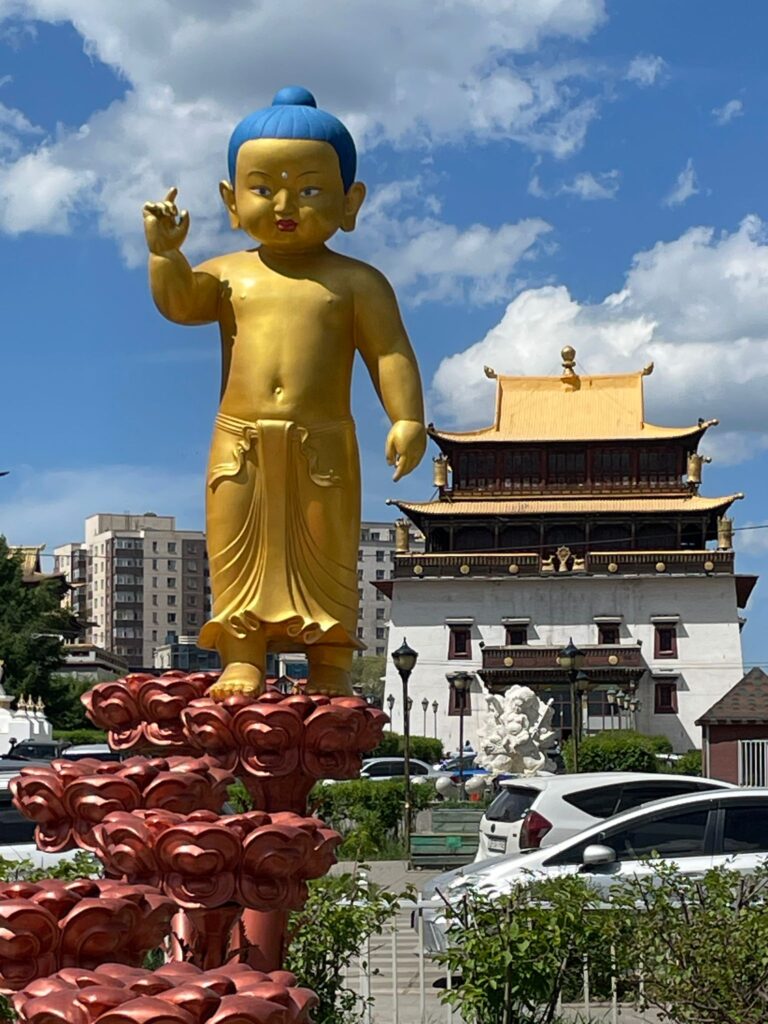
3) See the Communist Zaisan Monument
Mongolia was never a part of the Soviet Union, but being sandwiched in between the USSR and China meant a communist era was inevitable, and sure enough the Mongolian People’s Republic ran the country from 1924-1992.
Now the communists loved a WWII memorial to mark the loss of their soldiers, and sure enough there is one in Mongolia’s capital: the Zaisan Memorial, or Zaisan Hill Monument as some call it.
This is one of the best things to do in Ulaanbaatar for two reasons really. It’s a cool monument in its own right, but it also offers great surrounding views of the city.
It’s free to come here, although it’s a 70-minute walk from Sukhbaatar Square, meaning you may want to consider booking a taxi with UBCab.
Naturally, the monument is full of images depicting strong communist warriors crushing their enemies.
You only need to spend around 10-15 minutes here to see everything. But it’s a cool thing to see whilst you’re in the capital.

4) Go to Sukhbaatar Square
The main square in Ulaanbaatar. It’s so big, you can probably fit the entire population of Mongolia in here.
Okay, I exaggerate, but it’s still pretty big.
The Government Palace is located here, with both the president and prime minister working inside.
Outside the palace are three statues of key figures in Mongolia’s famous Khan dynasty.
In the centre, the most famous Khan of all. Genghis, also known as Chinggis, sits proudly on a large plinth with his legs stretched wide open to symbolise dominance.
Either side of him are statues of subsequent rulers Ogedei Khan (Genghis’ son) and Kublai Khan (Genghis’ grandson from another of his sons, Tolui).
In the centre is another statue, this time of Damdin Sukhbaatar, a key revolutionary who led the communist takeover of 1920s Mongolia. Also the man who this square is named after.
Interestingly, the Government Palace and square were adorned with Belarus flags when I was there. It turned out that Belarusian president Aleksandr Lukashenko was there at the same time and had visited the square on the very same day as me.
It feels weird knowing I stood in the same spots as a prominent world leader, just a few hours apart. Let alone one who is probably public enemy number two in the west right now, given the whole situation in Ukraine.
Anyway, Lukashenko’s entourage had gone when I arrived, replaced with a large crowd of youngsters playing volleyball and splashing around in the fountains on a scorching summer’s day.
I preferred Sukhbaatar Square to more famous equivalents such as Beijing’s Tiananmen Square, due to how much quieter it was.
I only saw a couple of other tourists there, and was easily able to look around without issues.
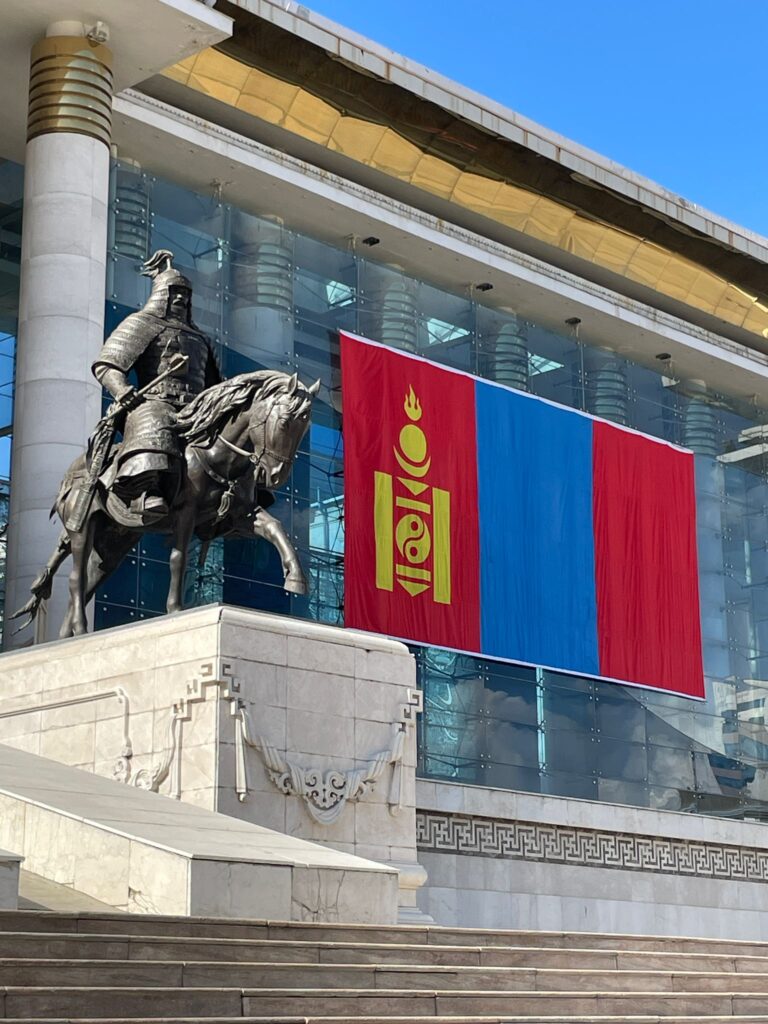
5) Look Around the Capital’s Museums
History lovers will be pleased to know that there are a few museums in Ulaanbaatar to keep them occupied. Let’s give you a brief overview of what you can find.
Any links are for the official museum website. If a museum listed below does not have a link to it, that means there is no official website for it at the time of writing.
The National Museum of Mongolia and Fine Arts Zanabazar Museum are exceptions. They do have official websites, although they are not secure. Therefore I have not linked them here. You can find them by searching on Google.
- Chinggis Khaan National Museum – A slightly misleading name as this is a general Mongolian history museum rather than one dedicated purely to our good friend Chinggis. It’s split into three sections covering Mongolia before, during and after the Mongol Empire
- Bogd Khaan Palace Museum – A complex full of buildings and artifacts belonging to Bogd Khan, including lots of his artwork. Bogd Khan was the last Mongolian monarch before the communist revolution
- Choijin Lama Temple Museum – Similar to Bogd Khan in some ways. This is a series of buildings and artifacts linked to an important individual in Mongolia. In this case, the Choijin Lama, who was a key Buddhist figure (a lot of the artifacts are linked to Buddhism). Fun fact: The Choijin Lama was Bogd Khan’s brother
- The National Museum of Mongolia – A museum dedicated to history and Mongolian culture, with a key focus on the country’s nomadic traditions
- Mongolian Military Museum – “To call a spade a spade” means to explain exactly what something is in the plainest terms possible. Well “to call a Mongolian Military Museum a Mongolian Military Museum” might as well mean the same thing. As you’ve probably guessed, this museum is dedicated to Mongolia’s military history. It goes back from the Mongol Empire days, up until the communist period of the 1900s
- The Fine Arts Zanabazar Museum – Unsurprisingly, a museum dedicated to fine arts. Most notably, some pretty cool Buddha statues among other things
There are a few smaller museums too, but these are the main ones. If museums are your thing then you certainly won’t be disappointed with Ulaanbaatar.
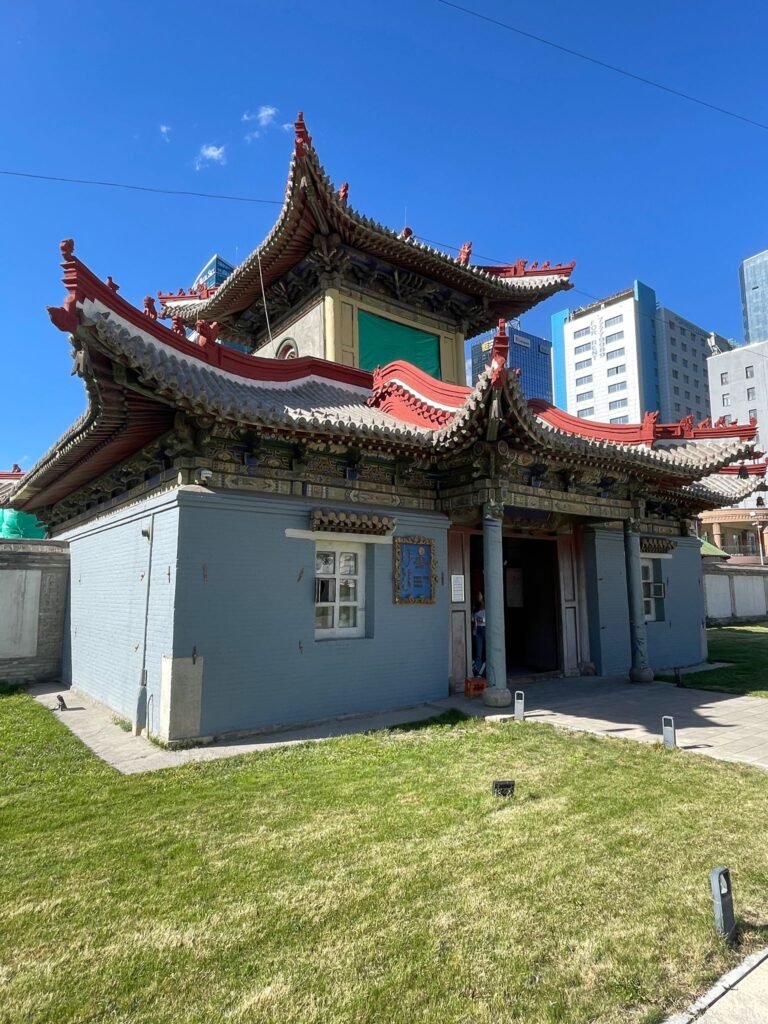
6) Witness How Locals Live at Narantuul Market
I was debating whether to put this on a “best things to do in Ulaanbaatar” list really, because I didn’t think it was anything special.
But then again, travel is subjective and my “boring” might be your “amazing”. So I’ll mention it anyway.
Narantuul is a sprawling labyrinth of market stalls selling virtually anything you can think of. Clothes, toys, bikes, kitchen equipment, snacks… Narantuul has it all.
You probably won’t see another tourist here. It’s a very local spot, so great for a glimpse into everyday urban Mongolian culture.
The market is infamous as it has a reputation for being a pickpocket’s paradise. So keep a close eye on your pockets here.
It’s easy to get lost in here. Took me about 15 minutes to find the exit when I attempted to leave.
I love seeing markets when I travel. But the more travel you do, the harder it is to be impressed by every single orthodox church, public square or street market you see. And in all honesty, there are better ones than Narantuul out there.

Bonuses (Short Trips Outside Ulaanbaatar)
There are some incredible places across the country.
Western Mongolia, Central Mongolia, the Gobi Desert, you name it. This country has a lot to offer, and the capital is just a tiny part of it.
Now a pet hate of mine is travel blogs that state “26 things to do in X” where a bunch of them aren’t even in “X” wherever that may be.
As a result, I’ve added a couple of popular nearby destinations as “bonus” things to do in the Mongolian capital rather than claiming they are “in” Ulaanbaatar itself.
I did both of these on a tour before going to stay with a local nomadic family and can highly recommend them!
So consider stretching your Ulaanbaatar itinerary just beyond the city’s borders and checking out these gems:
1) Visit Chinggis Khaan Statue Complex
Just over an hour’s drive from the capital is Mongolia’s first serious attempt at making something deliberately “touristy” within the country.
The Genghis Khan Equestrian Statue is 40 metres high, and holds a Guinness World Record for being the world’s tallest equestrian statue. Step foot inside the statue and you will see a certificate proudly displayed beside the ticket office.
Seeing the statue from the outside costs nothing, however you will have to pay 20,000 tugrik (accurate as of June 2024), which is the equivalent to £5/US$6 to go inside.
Inside the statue you will find a museum with a few bits related to Mongolian history, and you can access an observation deck which will bring you face-to-face with the fearsome Mongol leader himself.
I’d say the statue was worth seeing. But it’s a long way to come if you come out purely to see the statue, so be sure to double up your trip with a visit to Terelj National Park.
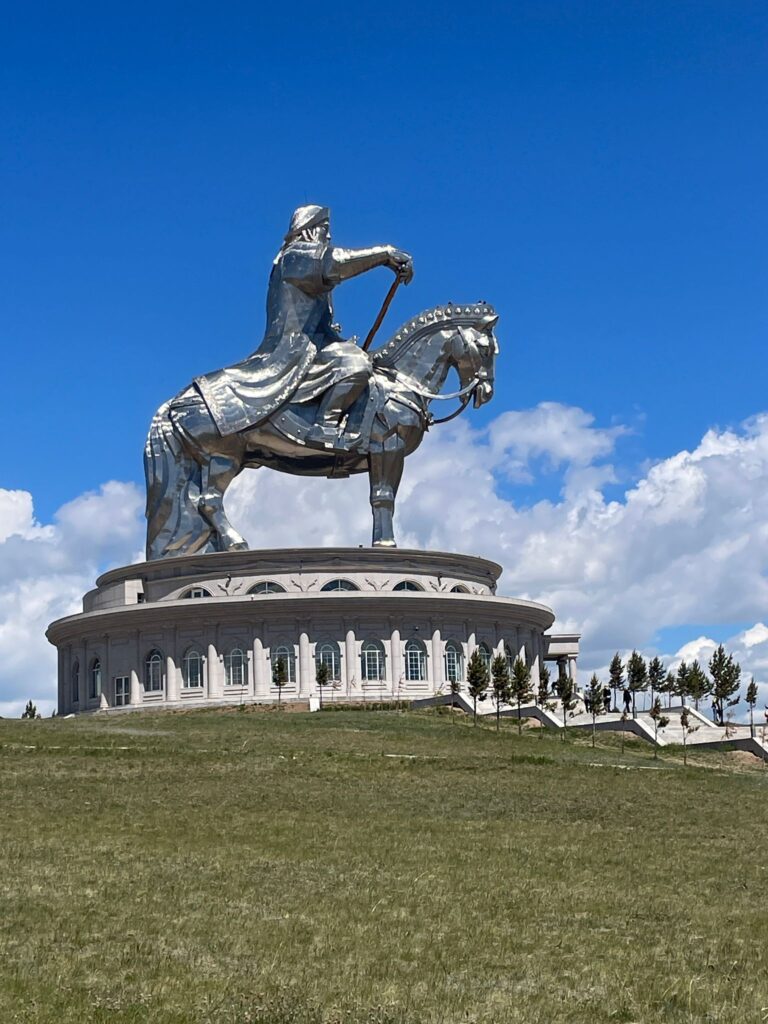
2) Go to Terelj National Park
For most Mongolia tourists, Terelj will be your first glimpse of life outside Ulaanbaatar. It’s a bit of a halfway house between relatively “normal” life in the capital, and a raw authentic nomadic Mongolian experience.
Terelj is pretty touristy and will be the cheapest tour offered outside the main city. But it still has some nice spots.
Tours will generally go to two main places here. The first is Turtle Rock. This is a rock… that looks like a turtle… Yes, really. But it’s actually kinda cool to see for a couple of minutes.
The second major spot is the Aryaval Meditation Centre, a Buddhist monastery in the hills of Terelj. Your guide (or you if visiting independently) will need to drive up to the entrance, which is pretty challenging given the state of the so-called “roads”. Actually they aren’t roads at all. Drivers just take their vehicles up a hiking trail.
From the entrance, it costs 2,000 tugrik to enter (Around £0.50/US$0.60) and takes around 30-40 minutes to complete a short trek to the monastery, and head back to the car park.
Wear proper hiking boots for this one. It’s easy to get up but a little challenging to get back down again.
Either way, Terelj is a cool place for a day trip. Although it can also be the start point for something so much better. I met a Mongolian nomad here, who I ended up staying with in a remote part of the countryside.
I helped with his livestock, went horse riding and more. Will write about this amazing experience in a separate post though.
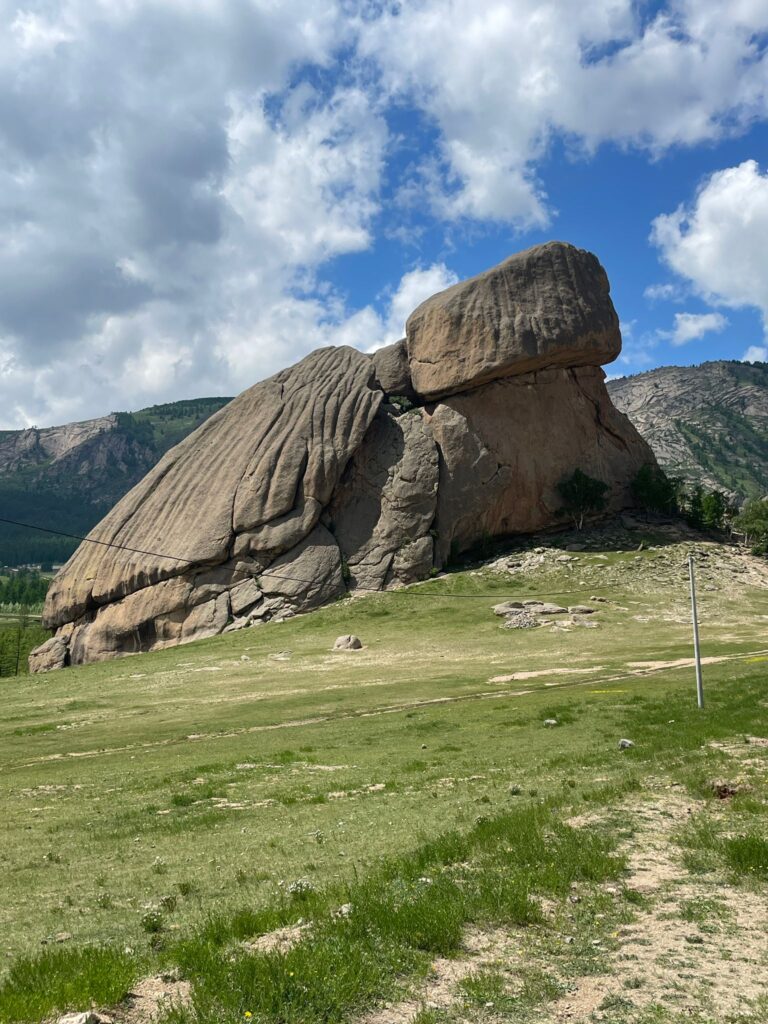
Is Ulaanbaatar Worth Visiting?
There are different ways to look at this. Firstly, is Ulaanbaatar worth flying all the way to Mongolia to see?
The answer is no.
Ulaanbaatar sightseeing is pretty much limited to what I’ve covered above. If you’re already there, these things are cool to see, but they aren’t worth spending hundreds of pounds/dollars/euros etc. to visit unless you’re planning on seeing the Mongolian wilderness (the real highlight of this awesome country) anyway.
Ulaanbaatar is a unique blend of South Korea and the Soviet Union. There are Korean brands, restaurants and tourists everywhere, whilst Korea also has some of the best flight connections with Mongolia.
I came here after 9 months living in South Korea and a day trip to Seoul has a lot of cool Buddhist temples which are no less impressive than Gandantegchinlen Monastery for example.
On the other hand, Mongolia had very close ties with their friends and neighbours from the Soviet Union throughout the 20th century. You can still see this influence today. In particular with the use of the Cyrillic alphabet which was first introduced in the 1940s.
Not to mention the Soviet-style war memorials and statues of past heroes.
I would say Transnistria is the best place to see what life was like in the Soviet Union. This breakaway Moldovan territory is like a time capsule that hasn’t changed for several decades and in some ways feels sheltered from outside influence. It’s also one of the best places to travel solo in Europe, as well as one of the cheapest.
Transnistria (particularly the capital, Tiraspol) and South Korea combined are more interesting places to see similar to what Ulaanbaatar has to offer.
Although I will say that if you’re in Mongolia anyway, you will almost certainly pass through the capital regardless. And in that case, a little bit of Ulaanbaatar tourism is worth factoring into your itinerary for a couple of days.
Therefore my suggestion is to come to Mongolia, spend some time in the countryside with local nomads, and visit the Gobi Desert if you have the chance.
These are the activities that really make Mongolia one of the world’s best hidden gems.
But Ulaanbaatar should only be a side quest to supplement your main adventure, not your primary destination in this wonderful country.
